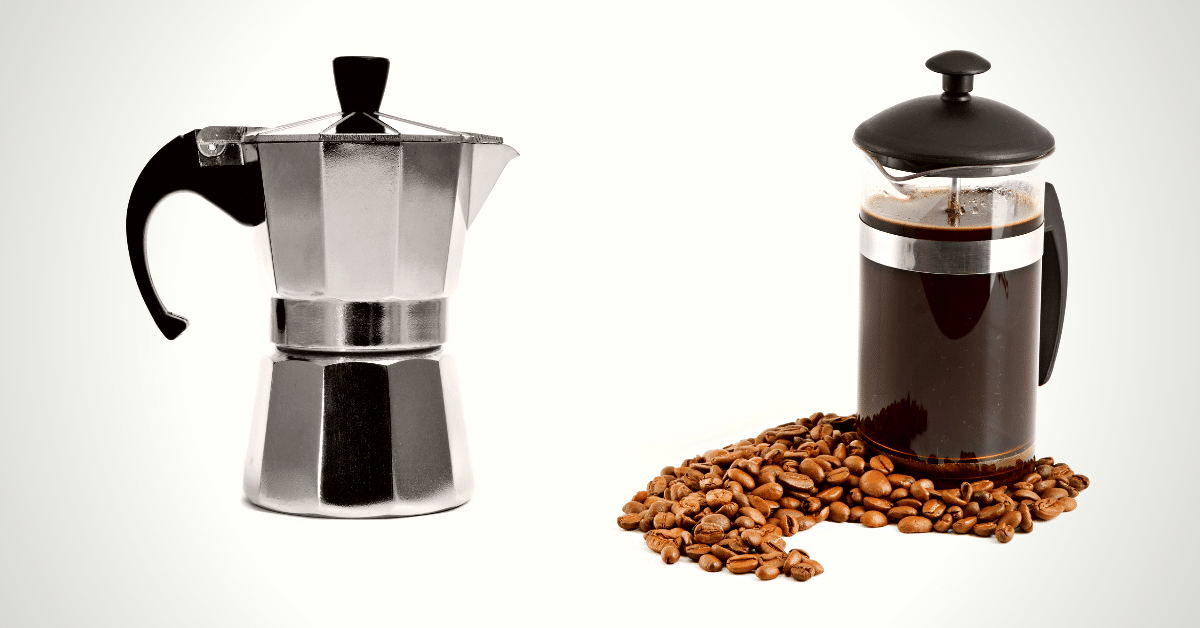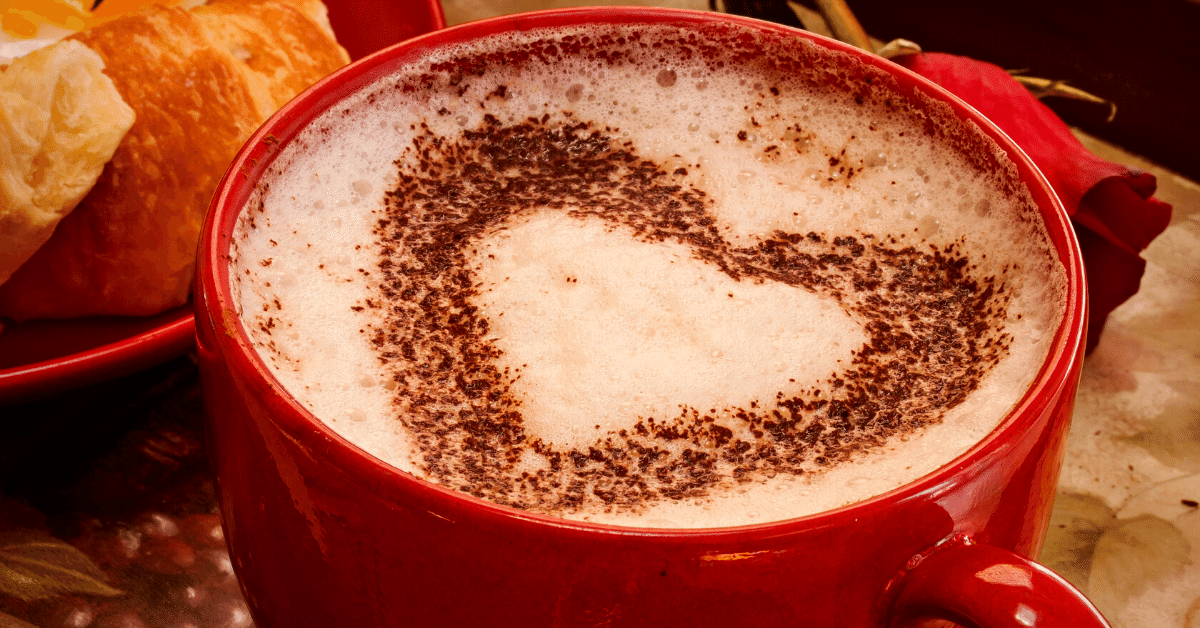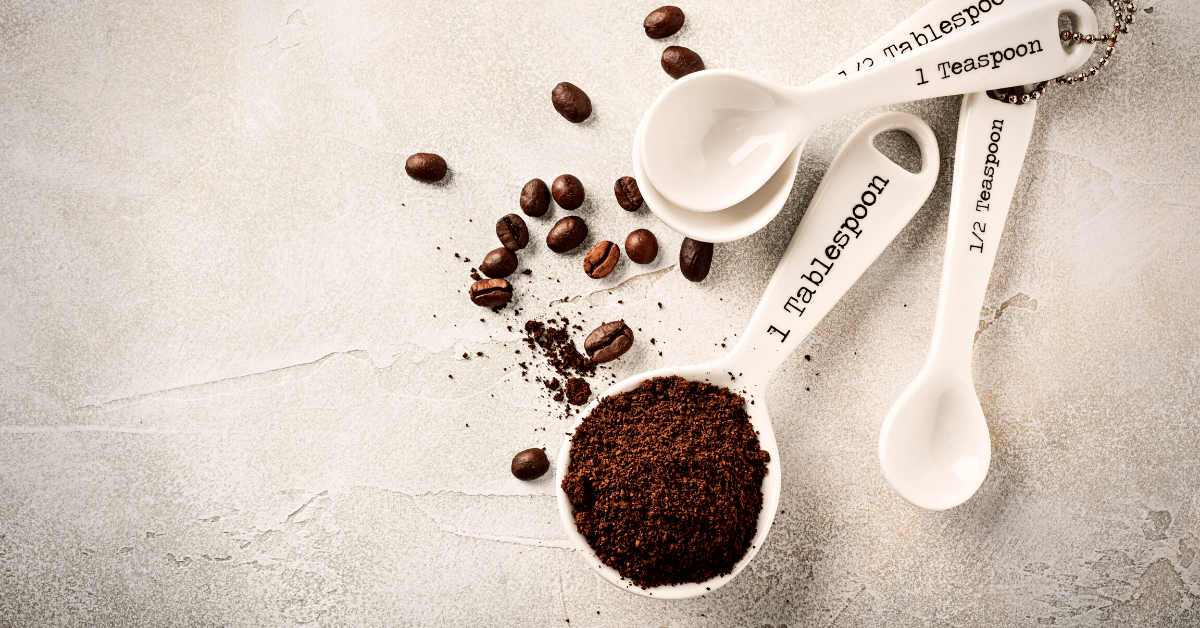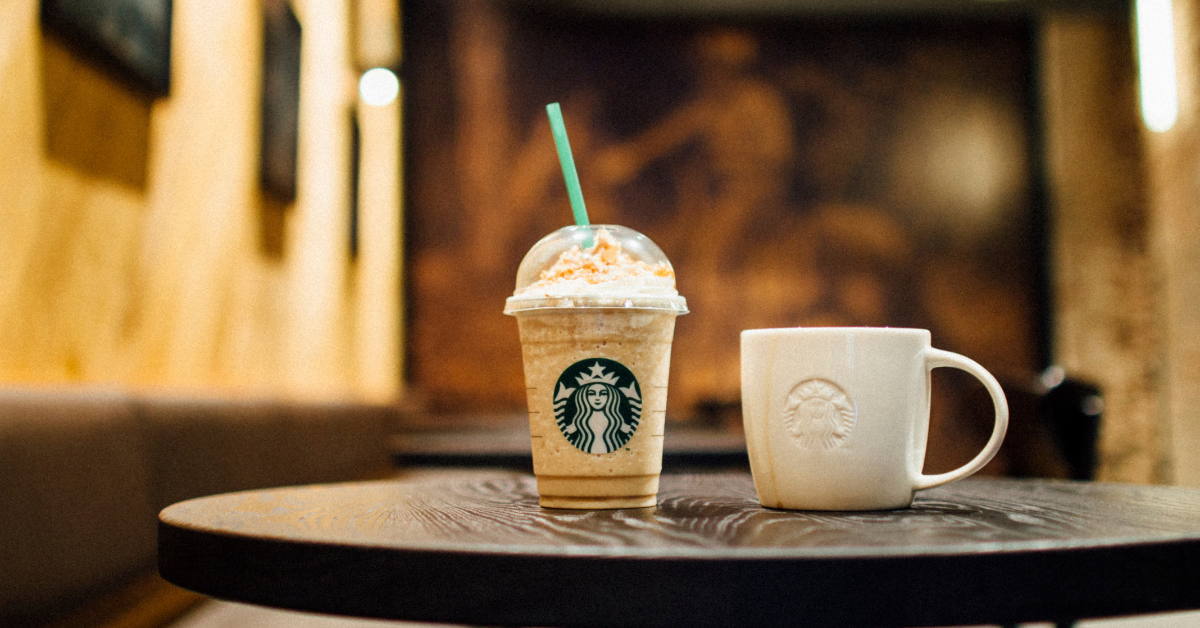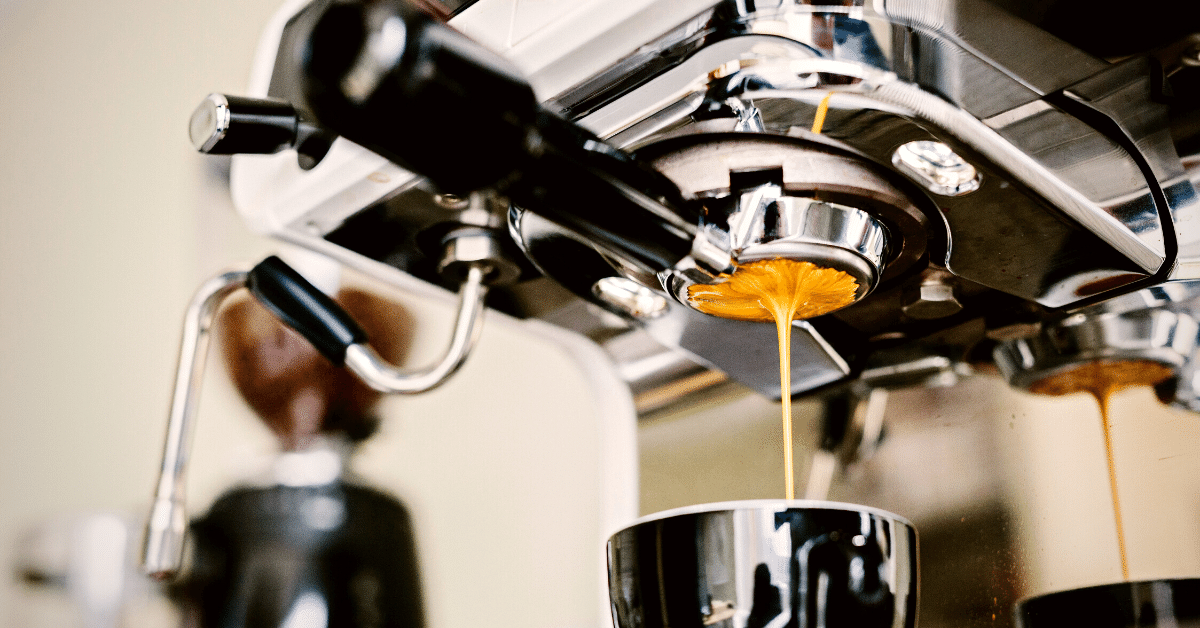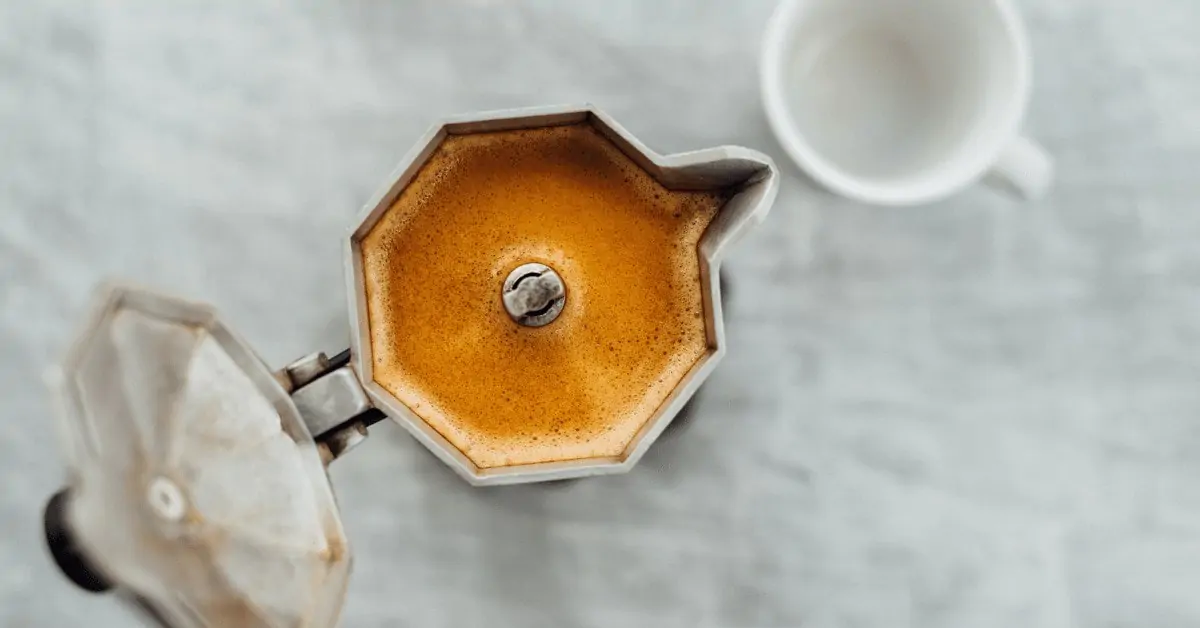If you love black coffee, you should look into two brewing methods:
Moka pot and the French press.
Both produce coffee with rich, smoky flavors and are a great way to wake you up in the morning and get your day going!
While both make similar-tasting coffee, they’re certainly not the same.
In this guide, we’ll go over the differences between the Moka pot vs French Press and give you a guide on picking one.
Let’s jump in!
A Rundown of the Moka Pot
Moka pot coffee machine dates back to the early 19th century.
An Italian man named Alfonso Bialetti invented Moka pots when his wife could not properly brew coffee from a stovetop espresso maker. The pot made it easier for his wife to whip up strong, rich coffee without struggling over the espresso maker.
Now, you’re probably wondering why it’s called a Moka pot and not a Bialetti pot. After all, most coffee experts name their new-fangled machines after themselves!
Bialetti chose to name the pot a Moka pot because the word “Moka” originates from the Bambara language. Moka means ”a place that fulfills your desires,” and the Moka pot was doing just that—fulfilling his desire for coffee!
If you want to fulfill your own desires, you’ll find that the brewing process for a Moka pot is simple.
Moka pots are small stove-top brewers made of metal with three main parts:
- Bottom: holds the water and gets heated
- Filter basket: where you place the coffee grounds
- Top: keeps the brewed coffee with a spout for releasing steam
As soon as the water is heated at the bottom, it starts to boil, pushing steam pressure upward. The coffee grounds from the filter basket absorb the steam. This extracts coffee that is sent upward through a spout.
As the process continues, the boiling water passes through the spout to create a second reservoir of freshly brewed coffee.
The result is a rich, dark coffee that’s reminiscent of espresso.
The Lowdown on the French Press
French press date back to 1853. Two Frenchmen, Jacques Victor Delforge and Henri Otto Mayer, originally invented the device to make rich coffee.
As the story goes, the men were brewing coffee over an open fire. But they forgot to add the grounds!
They added the ground coffee into the water at the last second and waited until the coffee grounds rose to the surface. Then, they fitted a metal screen over the cup and used it to push down and filter out the grounds.
Despite this rather interesting legend, the first patent for the device didn’t come about until 1929. And it was an Italian couple that patented this brewing method.
Their patent is still the device we use today, which has four pieces:
- Carafe: the cylindrical main body with a handle and a spout
- Plunger: rod connected to the lid for straining tea leaves or coffee grounds
- Structured Disc: metal plate attached to the plunger’s bottom and keeps the filter screen in the proper place
- Filter Screen: the mesh metal screen where the brew passes through to strain the coffee grounds
French Presses brew coffee through a precise steeping process. Coffee grounds are added together with hot water to the carafe. They are left to steep for an exact period.
Before serving the extracted coffee, the wet grounds are firmly tamped into the carafe’s bottom using the plunger. This ensures all flavors are extracted for the most robust cup of coffee.
Moka Pot vs French Press: The Rundown
Now that you’ve got a feel for each of these devices, it’s time to compare them.
That way, you can pick the right one for you!
Here’s a quick look at the differences between a Moka pot and a French press.
Brewing Time

The time it takes to brew a cup of coffee is one core difference between a Moka pot and a French press brewing method.
Moka pot coffee typically takes around eight to ten minutes to brew. This is largely due to heating the water, which can be a bit slow depending on how hot the stove is, among other factors.
But once the water boils, everything is quick, especially the actual extraction.
One thing to know about Moka pot coffee brewing is the importance of having attentive and watchful eyes. You cannot steep the ground coffee for too long, or you risk creating a bitter coffee. Pouring a cup too soon can also result in thinner and watery coffee.
Also, remember not to leave the pot with the remaining coffee unattended. Doing this can make your coffee taste bitter.
For the best taste, consume the brewed coffee within ten minutes after brewing.
In contrast, the French press coffee should only take about five minutes to brew. You can boil the water beforehand or can use cool water to make your coffee.
Then, just pour it into the cup and allow the grinds to steep for about 3 minutes. Finally, slowly plunge the coffee to separate it from the water.
Grind Size
Moka pots create coffee that tastes like espresso, which is why you can use a medium-fine ground coffee bean. Just make sure that they’re not so fine that you won’t extract the right flavors.
Medium-fine ground coffee beans give you intense flavors but without bitterness.
On the other hand, Fresh presses only use coarse coffee grounds. This ensures the extracted coffee has a smooth and rich texture.
If you use an extra fine coffee grind, you can wind up with overly extracted French press coffee.
Ease of Use
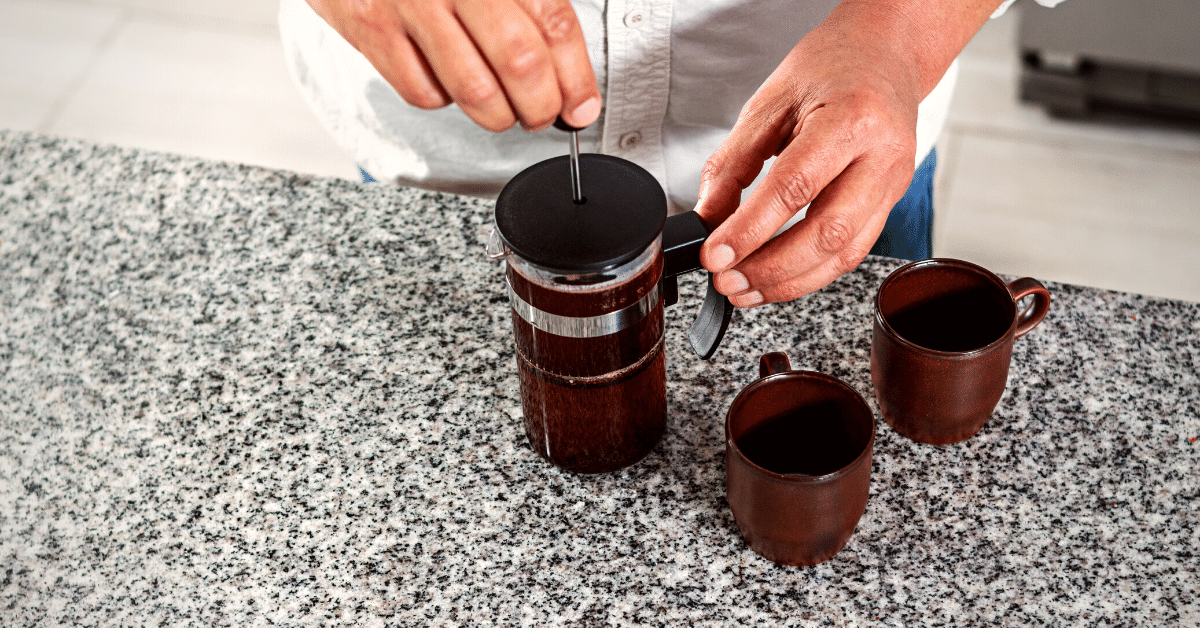
Moka pots tend to be a bit harder to use than French presses, although neither one is overly complicated.
Moka pots become tricky because you must keep an eye on them during brewing. Otherwise, you can wind up with overly extracted coffee.
On the other hand, with a French press, you just pour the ingredients into the device and allow them to steep. Once the brew time is up, use the plunger and enjoy your drink!
Despite the ease of use with a French press, they’re a bit more challenging to clean. If you don’t want to waste your time cleaning your coffee maker, Moka pots might be a better option.
You’ll need to dismantle and clean the filters and plunger with a French press. With a Moka pot, however, you can just rinse out the chambers, and you’re good to go.
The ease of use can also refer to the coffee maker’s portability.
Both Moka pot and French press are quite portable compared to other coffee makers.
French press is usually slightly lighter weight, but there are small Moka pots that could even fit in your pocket!
Although both brewers are quite travel-friendly, there is some difference.
Moka pots are stovetop brewers. In other words, if you don’t have access to the stove, you won’t be able to make your coffee. However, the Moka pot can be good for camping since you can use your small camping gas stove to boil it.
In contrast, the French Press doesn’t require a stove. A simple kettle will be enough. And you can even do without it! You can make cold brew concentrate with cold water and skip the boiling altogether.
Quality of the Coffee
Knowing which brews a better-quality coffee depends on your preference.
If you want a highly-energizing coffee to wake you up in the morning, Moka pots are more suitable. They create solid coffee flavors, almost similar to a cup of espresso.
In fact, Moka pots are great choices for those who want to make espresso drinks without an actual espresso machine.
On the other hand, the French press creates coffee flavors with the right balance. It’s less overpowering, and you can taste all the flavor combinations mixing in your mouth in a single sip.
French presses rely heavily on the grounds’ oils and flavors. This means flavor variation is much more possible. Steeping using a French press also creates a more aromatic and full-bodied taste.
Ultimately, the perfect taste and quality depend on what suits you. If you want more straightforward and strong coffee, Moka pots are a better choice.
But if you’re more of an adventure craver with coffee flavors, you might find the French Press more exciting to use. Yes, the coffee it brews is still strong. But it offers more flexibility with flavor combinations and coffee variations.
Size and Build Quality

Both Moka pots and French presses are lightweight and easy to carry. And, both tend to come in a range of sizes!
Moka pots typically come in 1, 3, 6, 9, and 12 cup sizes. On the other hand, French presses come in 1, 3, 4, 8, and 12 cup sizes.
The size choices for both are pretty similar, although you’ll get a bit more versatility with a French press.
When it comes to the build quality, here’s the deal.
Moka pots are made out of either stainless steel or aluminum to help boil the water more rapidly. As a result, they’re durable and long-lasting.
French presses, on the other hand, are typically made of glass. There are some made of stainless steel, but they’re not as common.
Because they’re made of glass, they tend to be prone to breaking. As a result, they’re not as durable as Moka pots.
Cost
When choosing a Moka pot vs a French press, you’ve got to keep your budget in mind!
Moka pots are budget-friendly options. You can find Moka pots as cheap as $10, but you’re unlikely to find ones that go over $50. In other words, they’re affordable devices for making coffee.
In contrast, French Presses are a bit more artisan. You can pick up machines ranging anywhere from $10 to over $100! However, the average price range sits at about $25 – $50.
While neither one of these will break the bank, it’s still good to keep these prices in mind if you want to purchase either.
The Bottom Line
Moka pots and French presses both brew strong cups of coffee. But their brewing methods are entirely different.
Moka pots are great for brewing strong, dark coffee that’s reminiscent of espresso. On the other hand, the French press is ideal for black coffee with powerful flavor notes.
Whatever you choose, these machines make delicious coffee that’s sure to fuel your day.
Have you decided a Moka pot is the coffee maker for you? Check out this guide to the best Moka pot to help you choose the right one!

